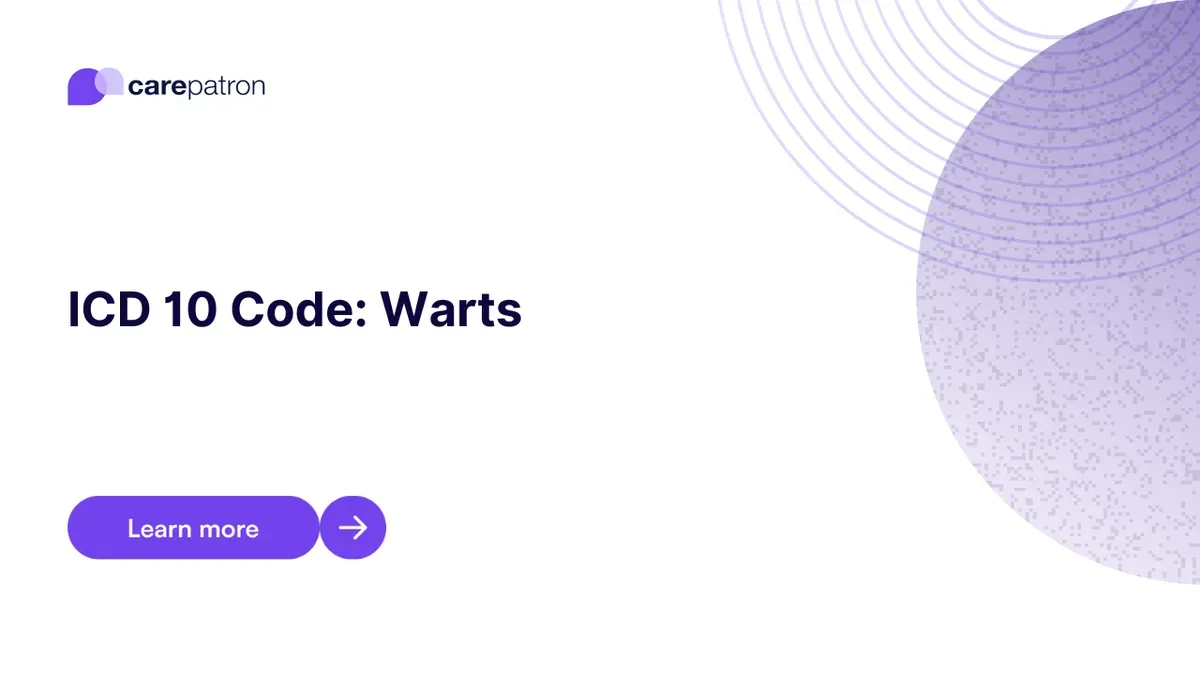
Warts ICD-10-CM Codes
Read this short guide and learn about relevant Warts ICD codes you can use to enable accurate medical billing and coding.
Use Code
Commonly asked questions
No. These are all the warts-related ICD-10 codes you can use.
Healthcare providers and professionals can diagnose it by simply looking at it. They may also conduct a skin biopsy to check for any HPV in patients.
Warts tend to just disappear on their own because the body will be able to fight the HPV over time. Of course, there are treatment options. One can use wart-removing medicine and topical medicine, take cryotherapy or immunotherapy, or have professionals get rid of them via laser treatment.
EHR and practice management software
Get started for free
*No credit card required
Free
$0/usd
Unlimited clients
Telehealth
1GB of storage
Client portal text
Automated billing and online payments
